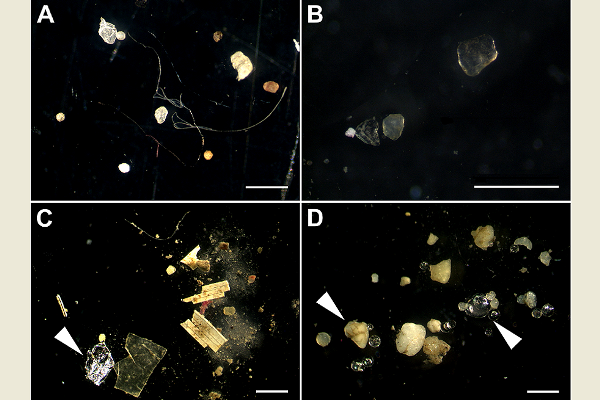The accumulation of plastic microparticles may be associated with strokes and heart disease.

A scientific study has indicated that as environmental pollution rapidly worsens, plastic microparticle contamination in the human brain is becoming increasingly severe, potentially triggering strokes, heart disease, and other symptoms. Experts warn that microplastics with diameters of less than 5 millimeters have been detected entering the human body through the mouth and nose. These plastic particles accumulate in various organs—including the brain, lungs, liver, kidneys, and knee joints—with the astonishing finding that plastic microparticles make up as much as 0.5% of the brain.
Foreign media reports state that researchers have found plastic microparticles in organs such as the liver, kidneys, and brain. Based on dozens of autopsy results from 1997 to 2024, the levels of plastic and nanoplastic particles in the human brain have increased rapidly; scientists discovered that the concentration of plastic microparticles in the brain samples of dementia patients was about six times higher than normal. Most of the plastic particles in the brain consist of nano-sized fragments and thin sheets, the most common of which is polyethylene used in food and beverage packaging, as well as plastic bags, accounting for an average of 75% of the total plastics. The brain is now considered one of the most severely plastic-polluted tissues.
It is reported that plastic microparticles originate from the breakdown of plastic waste, and they have contaminated the entire planet—from the highest mountains to the deepest seas. Humans ingest these particles through food, water, and even by breathing. Furthermore, studies have detected plastic microparticles in bone marrow samples, as well as in the membranes of the hip and knee joints, and even in reproductive organs.
This study was led by Professor Matthew Campen of New Mexico State University (NMSU). Although further verification is needed, people are increasingly exposed to plastics, and the prospect of having “plastic in the brain” is real, making self-protection an urgent priority.
Leonardo Trasande, a medical researcher at New York University (NYU), believes that from the deep sea to the atmosphere and into the human brain, no area is free from plastic contamination. For health reasons, it is advisable to minimize contact with plastics in daily life—especially by avoiding heating plastics in the microwave, reducing the use of bottled water, and being aware that tire wear produces large amounts of microplastics. Even moderating driving speeds could help reduce the damage that plastics inflict on the human body.
Jones, a chemistry professor at Royal Melbourne Institute of Technology (RMIT University), noted that due to the limited number of experimental samples, analyzing uncontaminated plastic microparticles is quite challenging. Therefore, the results must be interpreted with extra caution. Nonetheless, these research findings have spurred further efforts to understand whether plastic microparticles can lead to neurological disorders or affect other aspects of human health.
- 23 reads
Human Rights
Ringing FOWPAL’s Peace Bell for the World:Nobel Peace Prize Laureates’ Visions and Actions

Protecting the World’s Cultural Diversity for a Sustainable Future

The Peace Bell Resonates at the 27th Eurasian Economic Summit

Declaration of World Day of the Power of Hope Endorsed by People in 158 Nations

Puppet Show I International Friendship Day 2020

